Is your HR team still relying on spreadsheets and paperwork to manage people operations? With advances in HRMS (human resource management system) software, there are now better ways to consolidate and streamline HR processes for higher efficiency. Maximize HRMS software is key to reducing manual work and unlocking data-driven insights.
This article will provide tips to help your organization make the best use of HR software in 2023. We’ll cover strategies like centralizing HR data, enabling employee and manager self-service, leveraging HR analytics, ensuring ease of use through training, and strengthening legal compliance.
Whether you’re using an all-in-one platform or integrating multiple systems, following these best practices will help you optimize your HR technology investment. The result will be more strategic HR software adoption across automated, paperless workflows. Read on to transform how your team gets the most value from your HRMS.
Table of Contents
1. Integrate and consolidate systems
The first step to maximize HRMS software is to fully integrate and consolidate all of your HR data into one centralized system. Eliminating information silos across disjointed spreadsheets and databases is key to streamlining HR workflows. An integrated HRMS allows you to manage everything from applicant tracking and onboarding to payroll, time and attendance, benefits administration, performance management, and more on a single platform.
With a unified HRMS, you only need to enter employee information like demographics, job profiles, and self-service elections once. This data populates seamlessly across all modules. For example, when an employee updates their contact information in the self-service portal, it automatically synchronizes across payroll, tax forms, and benefits systems. This prevents duplicate data entry and ensures accuracy.
On top of simplified workflows, a consolidated HRMS provides a single source of truth for real-time reporting and analytics. Rather than trying to reconcile insights across different systems, you can easily generate reports on topics like headcount, retention risks, compensation analysis, and recruiting effectiveness. Leading HRMS software platforms like Workday, Oracle HCM, SAP SuccessFactors, and BambooHR offer robust integration across core HR, payroll, and talent management.
The result of HRMS consolidation is huge time savings. According to research, HR managers save an average of 36 days per year after integrating systems. That frees them up for more strategic HR adoption of the technology.
2. Increase HR self-service
One of the best ways to maximize HRMS software is to take advantage of self-service options for employees and managers. This empowers your workforce to access information and complete tasks without relying on the HR team. The right HRMS platform will include self-service portals with responsive design and mobile optimization.
For employees, self-service capabilities can include:
- Updating personal information like addresses, phone numbers, tax details
- Checking benefits selections and coverages
- Reviewing time-off balances and submitting PTO requests
- Enrolling in training programs and tracking development
- Completing performance self-evaluations
For managers, self-service can enable:
- Automated onboarding checklist tracking
- Initiating requisitions for open positions
- Performing compensation analysis for employees
- Completing performance reviews
- Monitoring team PTO balances
According to SHRM, 58% of organizations report at least 75% HR self-service adoption. This usage reduces HR case volume by up to 20%, empowering the HR team for more strategic initiatives like succession planning, diversity analytics, and skills gap analysis. Leading HRMS platforms like BambooHR, UKG Pro, Paylocity, and Paycom offer robust self-service functionality with custom workflows.
Driving employee and manager usage requires change management through training and support. But the long-term benefits of self-service make it a critical piece of maximizing your HRMS for productivity and cost savings.
3. Leverage data analytics
One of the most valuable capabilities of modern HRMS systems is robust analytics and reporting. Optimizing the use of data insights is critical to maximize HRMS software. The right HRMS platform will integrate metrics across the entire employee lifecycle. This provides unprecedented visibility into your workforce trends and opportunities.
Powerful analytics enable tracking and analysis of:
- Talent acquisition metrics like cost per hire, source of candidates, and time to fill
- Onboarding rates, completion velocity, and new hire ramp-up times
- Turnover and retention risks by department, manager, location, and demographics
- Learning program enrollment, completion rates, and resulting performance lift
- Compensation equity analysis, flight risks, and labor cost projections
- Performance trends, employee progression, and manager effectiveness
- Succession planning risks, promotion readiness, and skills gap analysis
With data-driven insights, HR leaders can identify areas to optimize. Examples include reducing sourcing cost, improving onboarding, retaining top talent, boosting skills development, controlling labor spend, and strengthening the leadership bench. Leading HRMS software like Oracle, SAP SuccessFactors, UKG Pro, and Namely offer robust analytics foundations.
Approach HRMS analytics as an ongoing process, not a one-time project. Maintain clear data governance policies and train users on interpreting insights. The reward will be data-centric, strategic HR adoption that boosts productivity, controls spending, mitigates risks, and aligns your workforce with organizational goals.
4. Ensure ease of use to maximize HRMS
The success of your HRMS software adoption strategy relies heavily on the system’s ease of use. Without an intuitive, user-friendly interface, your workforce is less likely to embrace the technology. This will limit usage and hamper efforts to maximize its value. Consider ease of use a critical priority when researching and configuring your HRMS platform.
Some best practices include:
- Evaluate software on usability, not just features. Conduct demos with end users and gather feedback.
- Prioritize simple, consistent navigation and minimal clicks to find information.
- Enable self-service portal customization for different employee personas.
- Ensure mobile responsiveness for access from any device.
- Select contextual help, tooltips, and built-in learning resources.
- Consider chatbots to provide 24/7 user support.
- Develop training programs for early adopters first, then broad user groups.
- Incentivize usage by linking HRMS adoption to performance reviews.
- Phase in different modules over time to manage change.
According to research by Human Capital Management, organizations see 35% faster HRMS software adoption when focusing on usability and training. Leading platforms like Workday, Oracle, UKG Pro, and BambooHR invest heavily in the user experience.
While feature-rich software is appealing, remember that maximum ROI relies on adoption across your workforce. Prioritizing a clean, simple, and intuitive user experience will pay dividends through increased usage, productivity, and strategic focus.
5. Strengthen compliance
A robust HRMS platform is invaluable for maintaining legal and regulatory compliance across multiple areas of people management. Optimizing compliance functionality should be a central part of your strategy for maximizing HRMS software. Some critical capabilities include:
Payroll Compliance
- Automatically tracks ever-changing federal, state, and local tax laws
- Computes complex pay rules and overtime correctly
- Generates compliant pay statements and W-2 forms
Labor Law Compliance
- Tracks required notices, postings, and disclosures
- Provides workflow alerts for I-9 verifications, harassment training, and FMLA leaves
Healthcare Compliance
- Updates based on ACA regulations and filing deadlines
- Consolidates 1094 and 1095 reporting
- Validates eligibility and affordability for benefits plans
Diversity Compliance
- Provides EEO-1 and affirmative action planning reports
- Analyzes compensation equity across protected groups
- Identifies diversity gaps and goals by department
Data Security Compliance
- Offers SOC 2 Type 2 certification for data security
- Encrypts sensitive employee information
- Provides audit trail tracking and permissions
Industry-leading HRMS solutions like Nitso, Workday, Paylocity, Paycom, UKG Pro, and others centralize compliance across all modules. This reduces legal risks and costly penalties or litigation. Treat compliance as an indispensable advantage of HRMS, not just a checkbox. When processes stay up-to-date with the latest regulations, you can focus more resources on strategic HR adoption that moves the organization forward.
Article you might be interested in: Critical First Step: Crafting an Impactful New Employee Onboarding Experience
Wrapping Up
Optimizing your HRMS software is an ongoing journey that requires looking at capabilities like integration, analytics, and compliance as enabling strategic value, not just ticking boxes. By consolidating systems, enabling self-service, leveraging insights, ensuring ease of use, and strengthening compliance, you equip your HR team to become a productivity powerhouse.
Maximizing HRMS adoption across your workforce has cascading benefits for operations, cost, risk, and overall human capital advantage. Approach technology optimization with change management discipline. Maintain continuous improvement practices as new functions roll out. When your people data, processes, and user experiences are thoughtfully unified by enabling software, the possibilities become limitless. Reimagine HR through a consolidated lens and build an analytics-driven department positioned for the future.
The key is to stay focused on driving usage and adoption across all centers of excellence. This creates a seamless, engaging HRMS experience that empowers employees, managers, and HR professionals alike to reach their full potential while mitigating compliance risks.

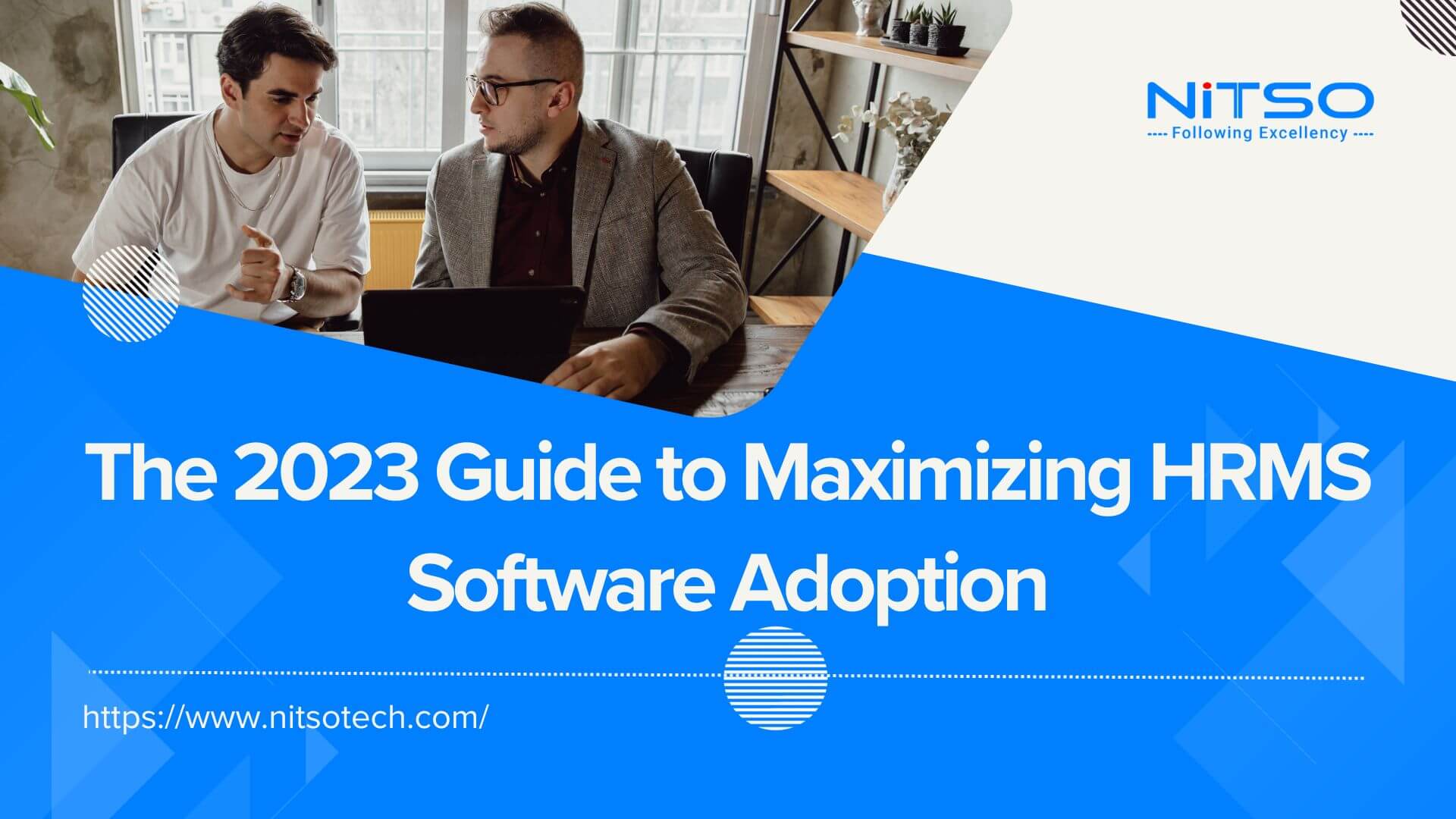

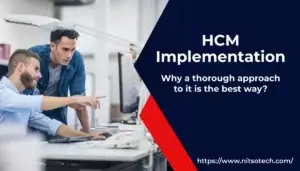
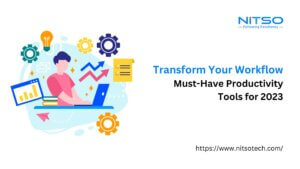
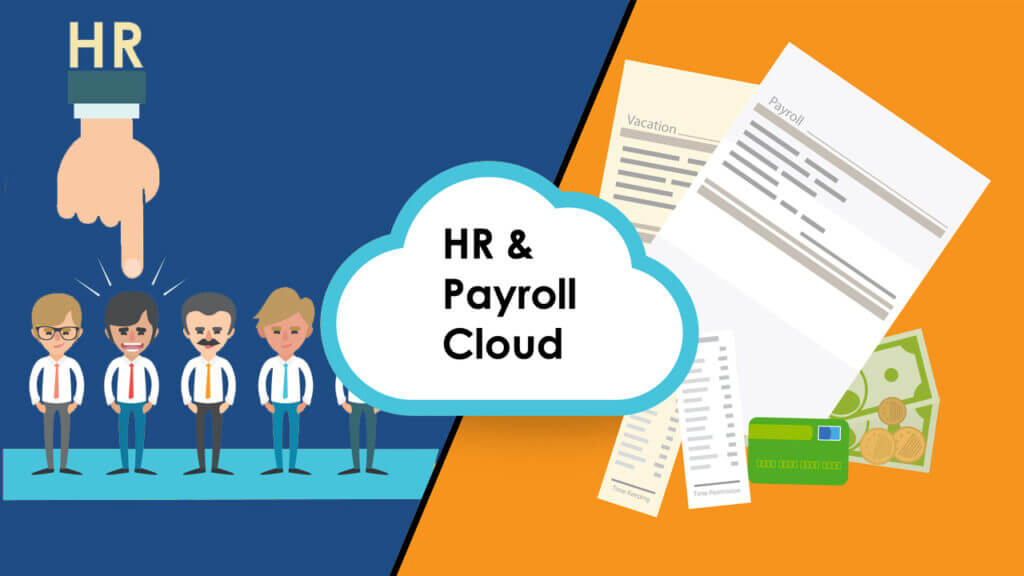
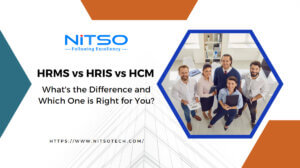

0 Comments